Imperial Examination Museum, Nanjing – Ticket Price, Opening Hours, Location, and Highlights
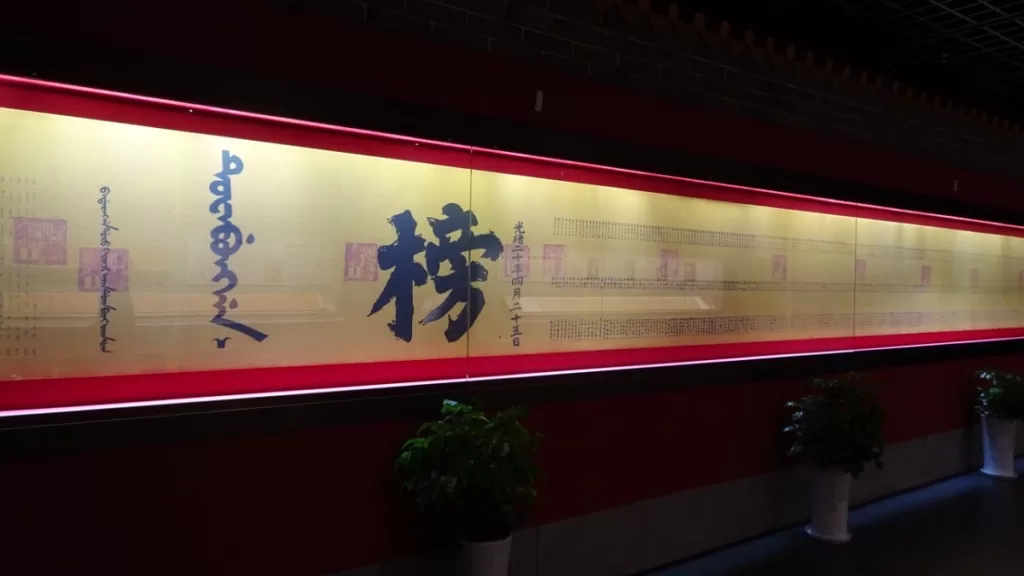

The Imperial Examination Museum (中国科举博物馆) in Nanjing, China, stands as a central hub for the country’s civil service examination system, a focal point for Chinese examination culture, and a repository for invaluable relics of this historical institution. The museum comprises three main areas: the museum’s main building, the South Campus of the Jiangnan Examination Hall, and the Mingyuan Tower Heritage Site, collectively occupying an expansive area of approximately 66,300 square meters. Notably, it is the only underground museum of its kind in China.
The core of the Imperial Examination Museum is a remarkable structure with dimensions of 36 meters in length, 36 meters in width, and 20 meters in height. This architectural masterpiece is partially submerged underground, with its upper portion featuring a square shallow water pool. Visitors passing through the Examination Hall’s archway will be presented with a captivating view of the reflection of the Mingyuan Tower in the pool. The surface area of the pool in front of the Mingyuan Tower spans precisely 1,300 square meters, symbolically representing the 1,300-year history of the imperial examination system.
Descending into the museum from ground level, visitors can explore the four underground floors, which collectively span 130 meters. Each meter symbolically represents a decade, intricately signifying the 1,300-year history of the imperial examination system again. As you journey through the museum’s exhibits, you also traverse the rich historical tapestry of China’s examination system. Along the museum’s exhibition paths, walls are adorned with numerous inscriptions, featuring content from the classical texts known as the “Four Books and Five Classics,” which ancient scholars were required to study and memorize.
The Imperial Examination Museum offers a captivating and immersive experience that not only preserves the legacy of the examination system but also provides a deep understanding of its historical significance.
Table des matières
- Informations de base
- Localisation et transport
- Highlights of Imperial Examination Museum
- Vlog about Imperial Examination Museum
- Conseils utiles résumés à partir d'études
- Attractions Near Imperial Examination Museum
Informations de base
| Site web | http://www.njiemuseum.com/ |
| Durée estimée de la visite | 2 - 3 heures |
| Prix du billet | 50 RMB |
| Heures d'ouverture | 9.00 – 21.30 |
| Numéro de téléphone | 0086-025-86626653 0086-025-87753561 |
Localisation et transport
The Imperial Examination Museum is located in the historical city of Nanjing, China. Specifically, it is situated at No. 292, Changjiang Road, Xuanwu District, Nanjing, Jiangsu Province. This prime location allows visitors to easily access the museum and explore its fascinating exhibits. To get there, you can choose the following ways:
Bus : Take bus 1, 4, 40, 44, or 202, get off at Jiankang Road Confucius Temple Stop (健康路·夫子庙站), and walk about 200 meters to the southwest to reach the museum.
Métro : The nearest metro station to the Imperial Examination Museum is Confucius Temple (夫子庙) on line 3. After getting out of the station from Exit 2, walk about 50 meters to the south to reach the museum.
Highlights of Imperial Examination Museum
Examination Process Display
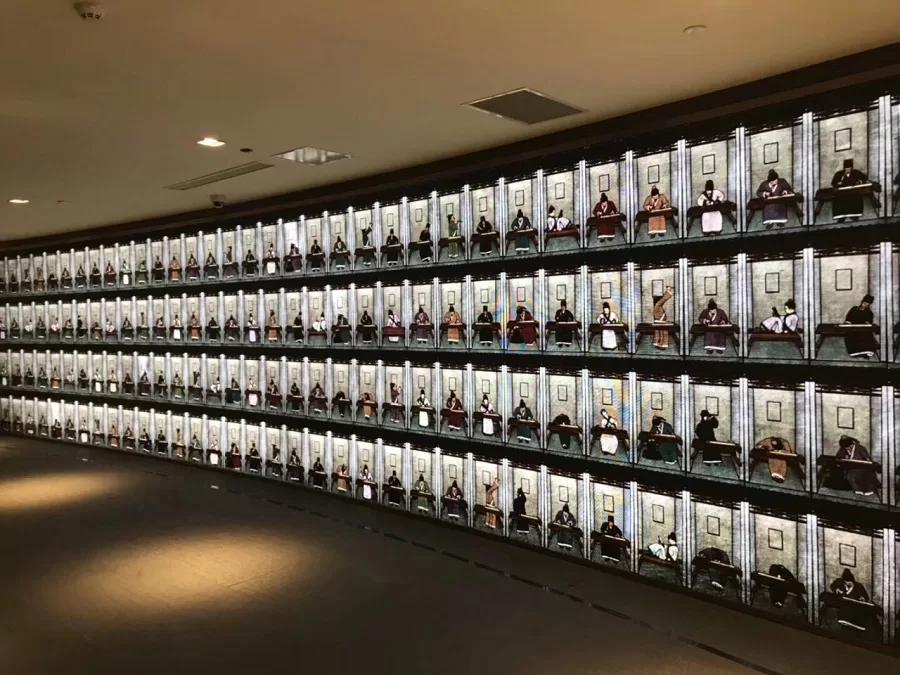
The Imperial Examination Museum in Nanjing showcases a captivating display of the examination process of ancient Chinese imperial examinations. The exhibition immerses visitors in reconstructed examination halls, providing a glimpse into the rigorous assessment environment. The display highlights the exquisite calligraphy and artistic beauty of examination papers, emphasizing their significance. Visitors gain insights into the subjects and levels of examinations, covering various fields of knowledge. Interactive elements offer hands-on experiences, enabling visitors to engage with the examination process directly. This comprehensive exhibition provides a unique and educational understanding of the challenges and intricacies faced by scholars in their pursuit of success in the imperial examinations.
Authentic Artifacts

The Imperial Examination Museum in Nanjing proudly displays a collection of authentic artifacts that provide a tangible connection to the ancient Chinese examination system. These artifacts include original examination papers with stunning calligraphy, meticulously crafted study materials, and scholarly tools used by candidates. Visitors can marvel at the intricate details of these artifacts, appreciating the craftsmanship and intellectual dedication behind them. These authentic pieces offer a tangible link to the past, allowing visitors to immerse themselves in the historical significance of the examinations and gain a deeper appreciation for the cultural heritage they represent.
Scholarly Life Showcase
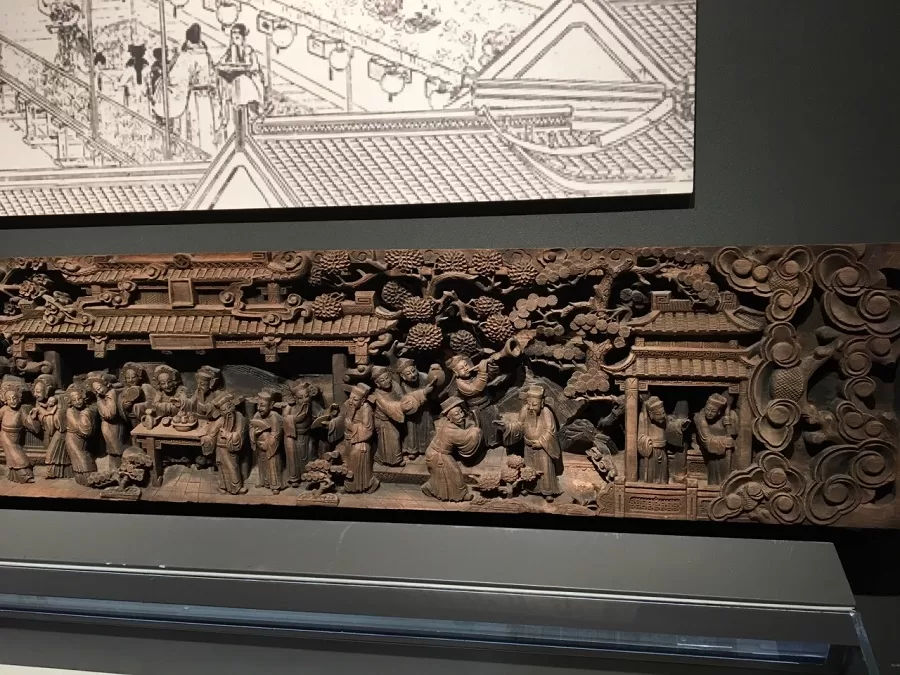
The Imperial Examination Museum in Nanjing presents a captivating showcase that delves into the scholarly life of ancient Chinese scholars. This exhibition provides a glimpse into the daily routines, study methods, and intellectual pursuits of those aspiring to succeed in the examinations. Visitors can explore reconstructed study rooms adorned with scholarly tools, annotated books, and reference materials. The showcase offers insights into the rigorous preparations undertaken by scholars and the dedication required to excel in their studies. It provides a vivid portrayal of scholarly life, allowing visitors to appreciate the commitment and intellectual traditions that shaped the journey of aspiring scholars in ancient China.
Cultural Impact
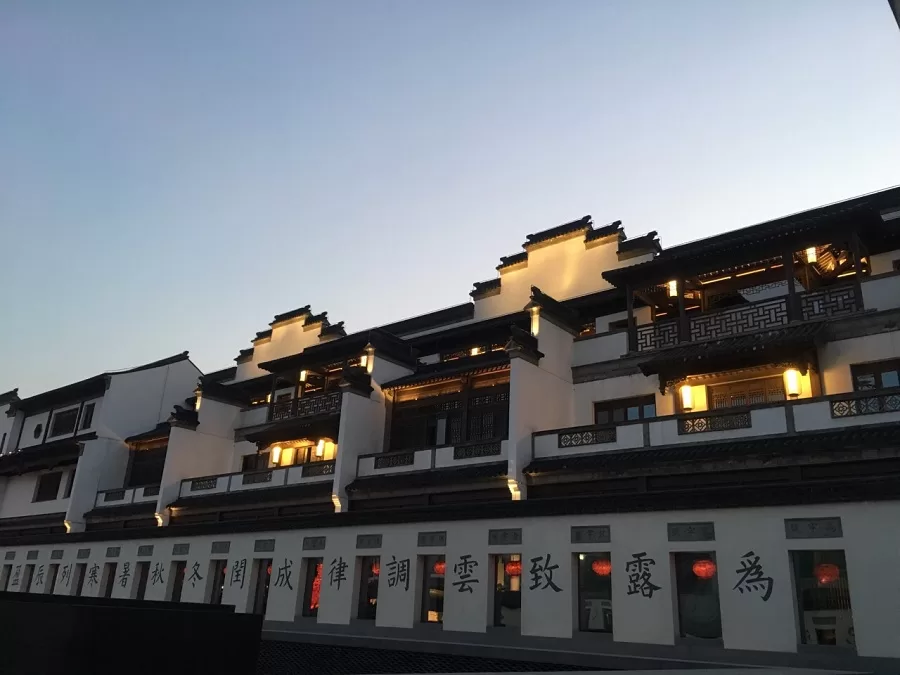
The Imperial Examination Museum in Nanjing holds immense cultural significance as it sheds light on one of the most influential systems in ancient China. The museum showcases the historical, intellectual, and social impact of the imperial examination system, which shaped Chinese society for over a millennium. By highlighting the examination process, artifacts, and scholarly life, the museum deepens our understanding of Chinese intellectual traditions, education, and the pursuit of knowledge. It allows visitors to appreciate the cultural values of diligence, scholarship, and meritocracy deeply ingrained in Chinese history.
Vlog about Imperial Examination Museum
Conseils utiles résumés à partir d'études
Museum Layout and Duration: The Chinese Imperial Examination Museum spans five floors, from the underground fourth floor to the ground level. The visit typically takes around 2-3 hours. Upon entering, visitors are guided to descend to the underground levels, starting from the fourth floor.
Distinct Areas: The museum is divided into two areas along the street. The southern area primarily focuses on the Qinhuai River, and if time is limited, it can be skipped. The main body of the museum and Mingyuan Tower are located in the northern area.
Clear Navigation: The guidance is clear, and there are no dead-end paths. Visitors, even those with a poor sense of direction, shouldn’t have trouble navigating the museum.
Surrounding Shopping: Nearby, there are reasonably priced bags available. Original burlap bags are priced at 68 yuan, and soft knitted bags are only 20 yuan, with a variety of patterns to choose from.
Accessibility for Strollers: There are a few steps, but not too many. If you have a stroller, it is manageable. If needed, you can leave the stroller at the entrance and pick it up on your way out.
Attractions Near Imperial Examination Museum

Quartier historique de Laomendong - Un témoignage du passé dynamique de Nanjing

La rivière Qinhuai - un point de repère important depuis plus de 200 ans

Porte de Zhonghua - Une porte de forteresse majestueuse
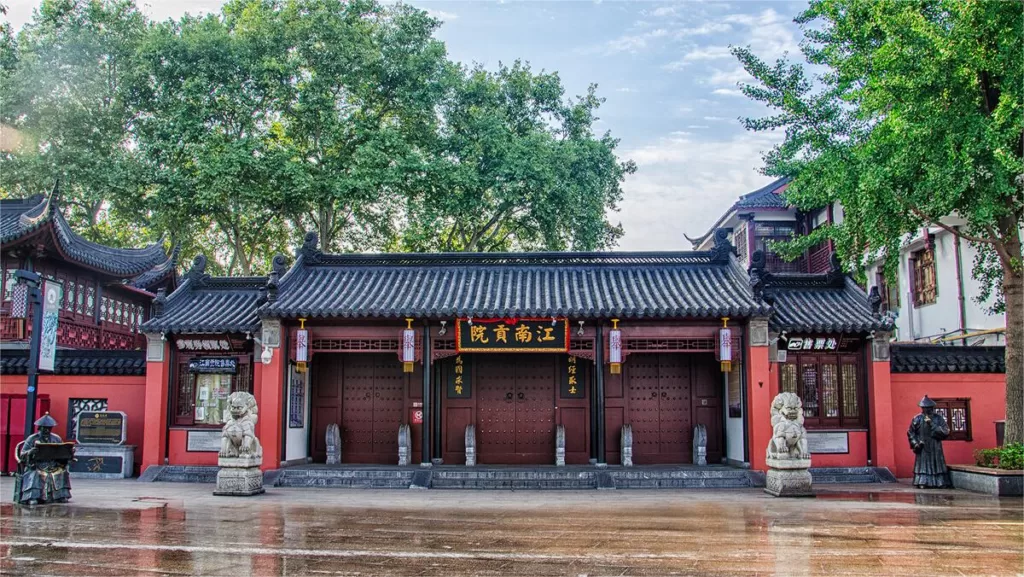
La salle d'examen de Jiangnan - Une institution clé du système d'examen impérial chinois
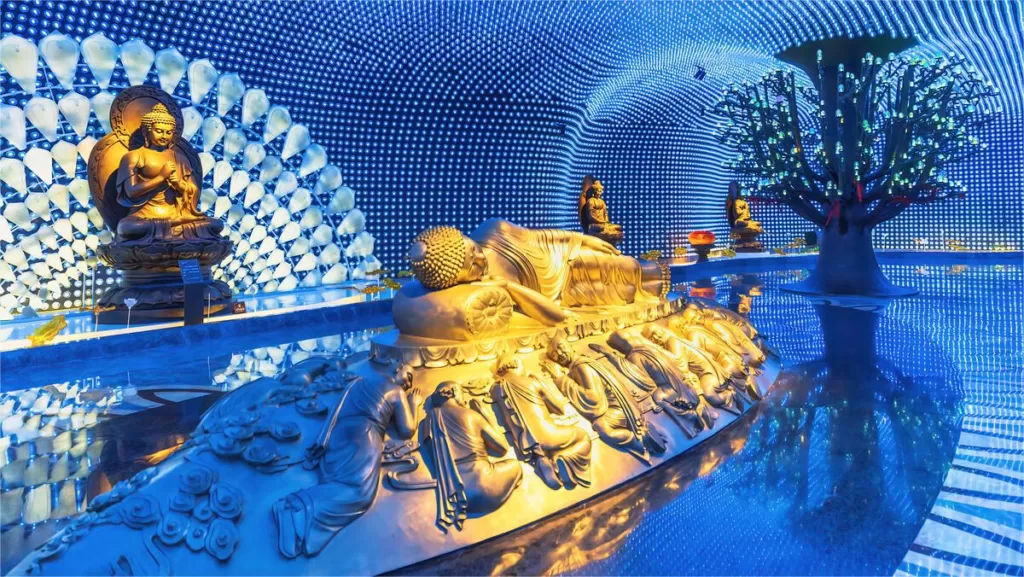
Temple de Bao'en - Construit au 4ème siècle
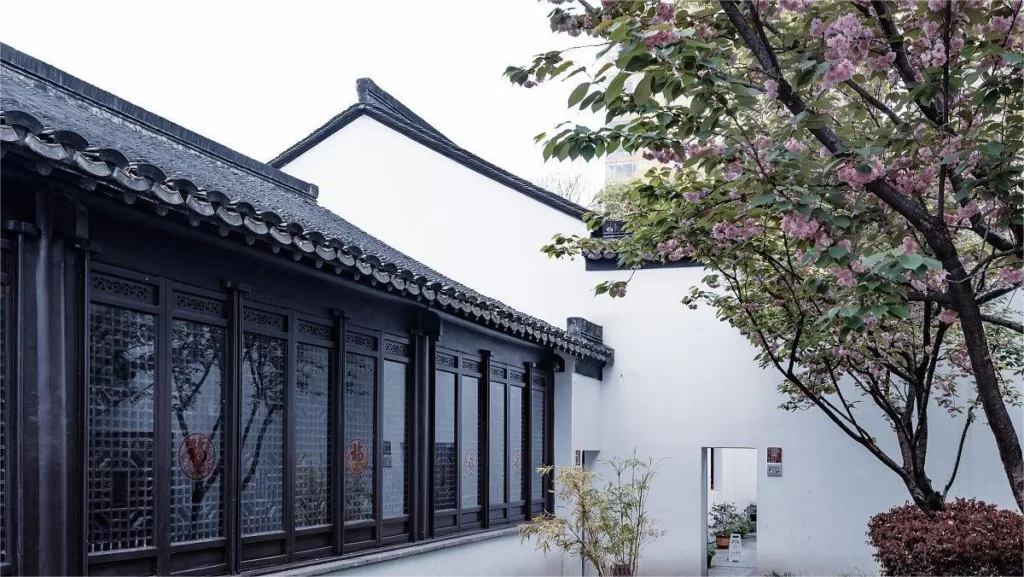
Ancienne résidence de Gan Xi - Un lieu chargé d'histoire

Tour de porcelaine de Nanjing - Une merveille architecturale

Jardin de Zhanyuan - Une retraite vieille de 600 ans
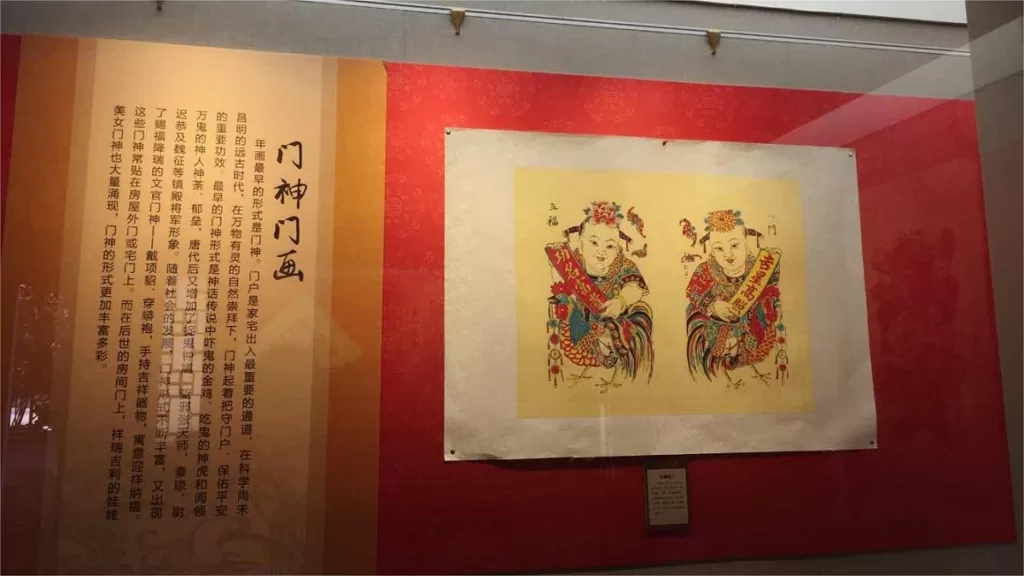
Musée folklorique de Nanjing - Un aperçu de la vie quotidienne de la population locale
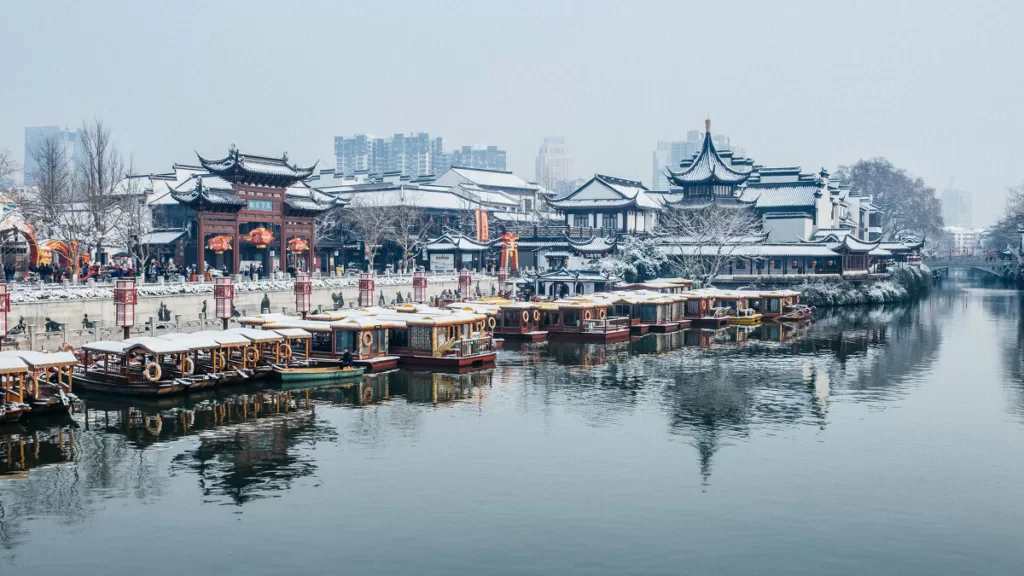
Temple de Confucius de Nanjing - L'un des quatre plus grands temples de Confucius en Chine
Sites historiques du Jiangsu, Attractions de Nanjing